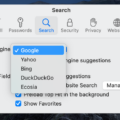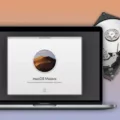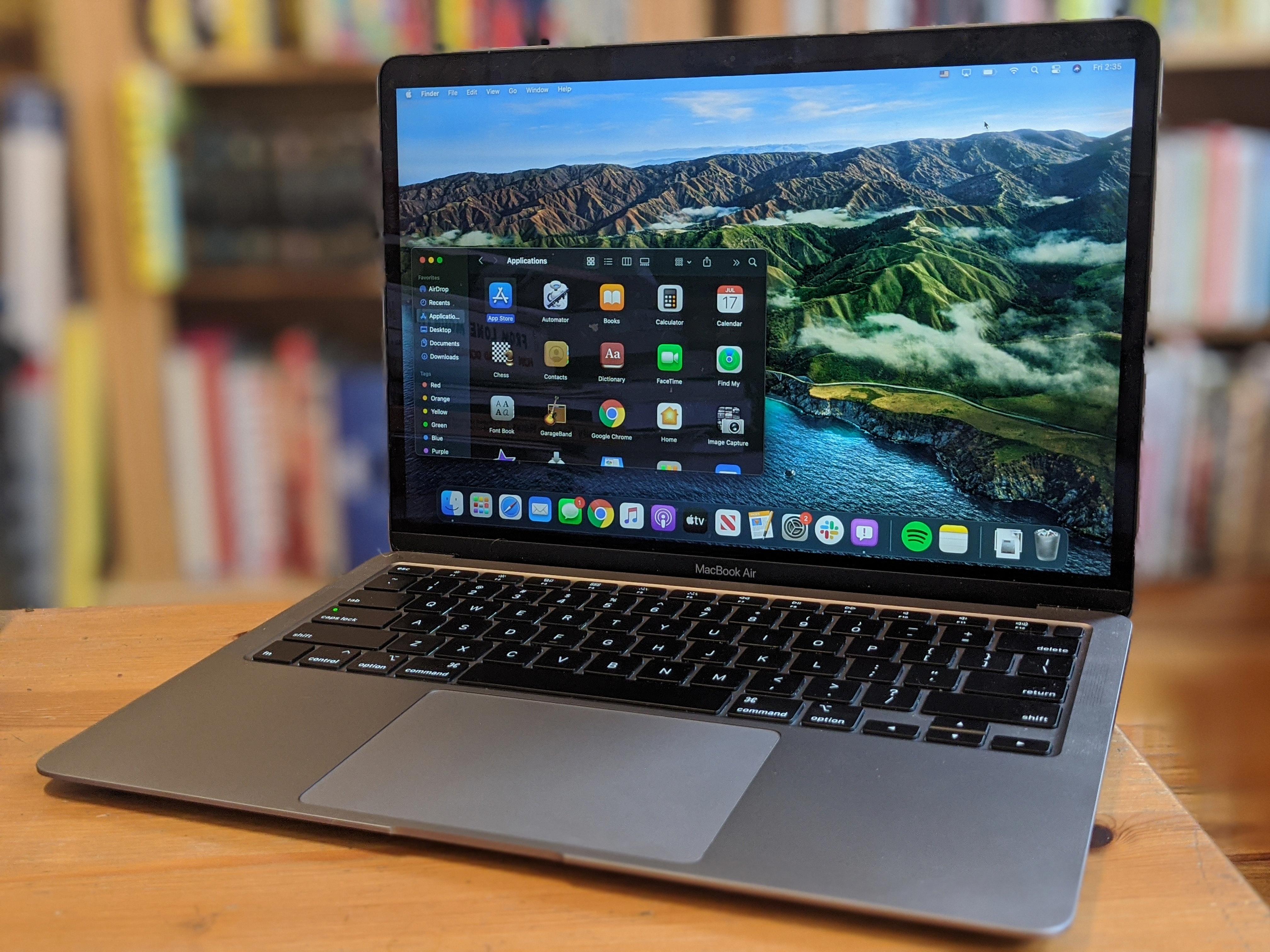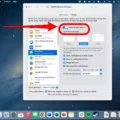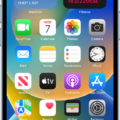Are you looking for a way to keep your Mac from automatically going into sleep mode? If so, you’ve come to the right place! In this blog post, we’ll take a look at how to adjust the screen idle timeout settings on your Mac.
First, open System Preferences from the Apple menu in the top left corner of your screen. Once opened, click on Energy Saver and locate the Turn display off after the slider. Drag it all the way to the right and select Never. This will ensure that your Mac won’t go into sleep mode regardless of how long it’s been idle.
If you want to customize your idle timeout settings even further, you can click on Settings For Power Adapter in the Energy Saver panel. From here, you can adjust when your computer goes into sleep mode and when it wakes up again. To set a specific period of inactivity before sleep mode kicks in, drag the Computer Sleep slider and set it according to your preferences.
Finally, if you want to prevent your Mac from ever entering sleep mode while plugged into an external power source (like a laptop charger), make sure that the checkbox next to Prevent the computer from sleeping automatically when the display is off is ticked.
And there you have it – now you know how to adjust screen idle timeout settings on your Mac! With these easy steps, you can make sure that your computer never goes into sleep mode unless you tell it to!
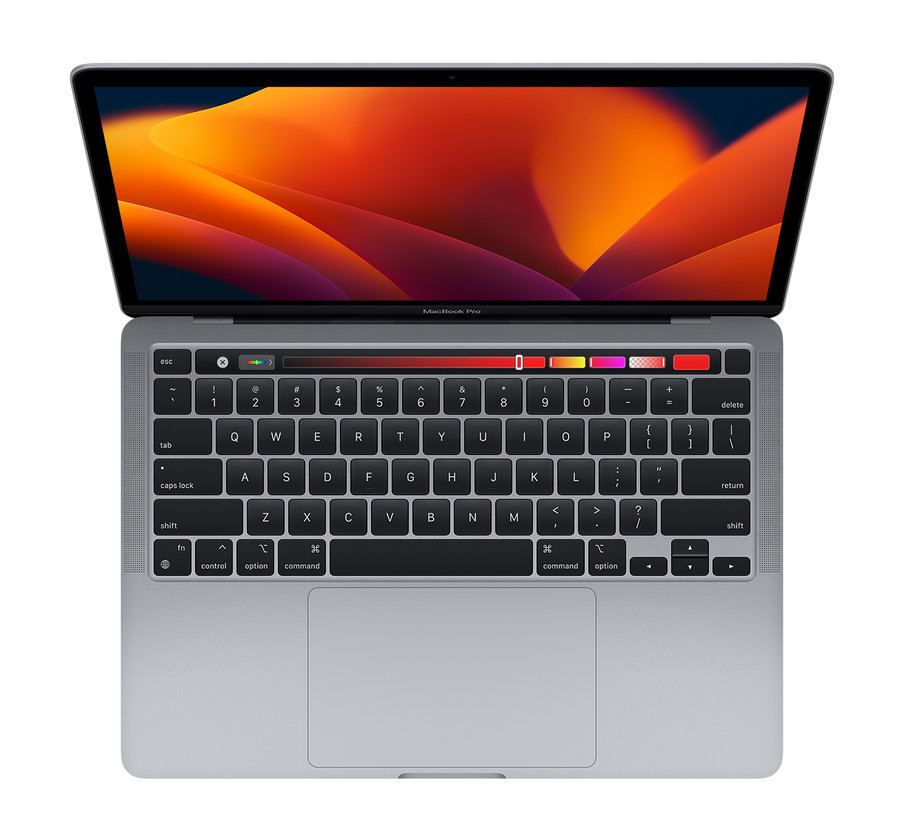
Increasing Mac Screen Time Awake
To make your Mac screen stay awake longer, follow these steps:
1. Click the Apple logo in the top left of your screen, and select System Preferences.
2. Open Energy Saver.
3. In the Energy Saver panel, locate the Turn display off after the slider.
4. Slide to Never to permanently keep your Mac from sleeping. This will prevent your Mac from going into sleep mode for an indefinite amount of time, allowing your screen to remain awake as long as you need it to be.
5. Click on the Lock icon in the bottom left corner of the Energy Saver window to save your changes and close the window.
By following these steps, you can ensure that your Mac screen will stay awake for as long as you need it to be!
Preventing Mac from Shutting Down Due to Inactivity
To stop your Mac from shutting down when idle, you can adjust the Energy Saver settings. First, open System Preferences from the Apple menu at the top left corner of your desktop. Then, click on the Energy Saver icon in the Hardware section. In the Settings For drop-down box, select Power Adapter. Finally, drag the Computer Sleep slider all the way to the right. This will prevent your Mac from automatically shutting down when it is idle.
Adjusting Screen Timeout on Mac
To adjust the amount of time your Mac screen stays on, open the System Settings app and click Screen Time in the sidebar. From there, you can adjust the settings to determine when your screen automatically turns off. You can choose from a range of times, from immediate to two hours. If you’re signed into your Apple ID and are a parent or guardian of a child in a Family Sharing group, you’ll have access to additional settings.
Preventing Mac from Sleeping After Inactivity
To make sure your Mac does not enter sleep mode after inactivity, you can turn off the energy-saver settings. To do this, open the Apple menu, then select System Preferences > Energy Saver. Tick the box next to Prevent the computer from sleeping automatically when the display is off and drag the Turn display off after slider to Never. This will ensure that your Mac will remain awake as long as it is plugged in and not enter sleep mode due to inactivity.
The Causes of Quick Sleep Mode Activation on Mac Computers
Your Mac goes to sleep so quickly because of macOS’ default energy-saving settings. These settings are designed to conserve power and extend your battery life. When you stop using your Mac for a certain amount of time, macOS automatically put it into low-power sleep mode. You can adjust the sleep settings in System Preferences if you’d like but note that reducing energy efficiency could reduce battery life.
Conclusion
In conclusion, setting up a screen idle timeout on your Mac is a great way to conserve energy and protect your device from unauthorized access. To do this, you simply need to open the System Preferences and select the Energy Saver panel. From there, you can adjust the Turn Display Off After slider to set a specific amount of time before your Mac’s screen goes into sleep mode. This will ensure that your Mac is secure and energy efficient when not in use.

